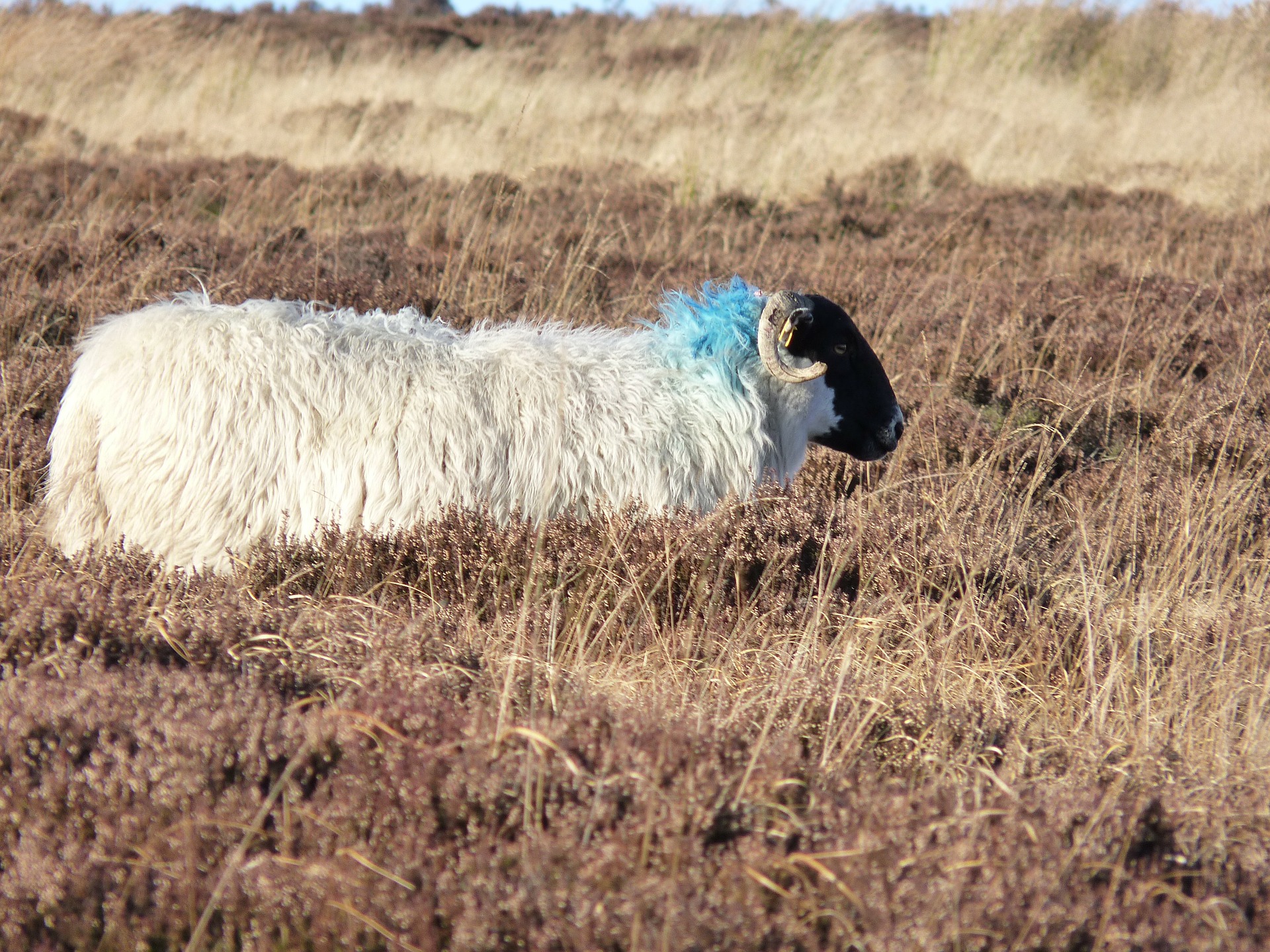Metabolic sampling ewes pre-lambing

It is recommended to check the nutritional status of ewes around three weeks before lambing.
Spring is approaching and so is the ideal time for checking the nutritional status of ewes pre-lambing. This will help to prevent body condition losses and metabolic issues like pregnancy toxaemia. We recommend sampling ten multiple-bearing ewes in a range of body condition scores, around three weeks before lambing. Any earlier than this and metabolic issues can be missed, but any later and it is too late to make feed adjustments. Avoid sampling ewes straight after concentrate feeding.
Probably the most useful profile for analysing the nutrition of pre-lambing ewes is the Ewe Nutrition Profile (ten animals) for urea and BOHB. Additional biochemical parameters can be added if needed.
Interpretation of results:
- BOHBs – elevation suggests fat mobilisation. Group means should be:
- <1.1 mmol/L for twin or triplet bearing ewes
- <0.8 mmol/L for unscanned ewes
- Urea – reduced levels suggest a recent shortage of degradable protein which will affect colostrum quality and milk volume
- Albumin – reduced levels can suggest a long-term dietary protein insufficiency, but other factors can also affect albumin levels
- Magnesium – reduced levels suggest low dietary levels as there is no store in the body. It can also give an indication of the calcium status of ewes pre-lambing
NEFAs (Non esterified fatty acids) can be difficult to interpret in ewes as they are likely to be elevated in late pregnancy due to the high energy demands of the foetuses.
If blood sampling suggests a nutritional deficit then a number of factors should be considered, including the metabolisable energy (ME) requirements, dry matter intakes, feed quality, how the feed is presented and trough space. Water availability, dentition and concurrent disease will also impact nutritional status.
Posted by SRUC Veterinary Services on 15/02/2022
